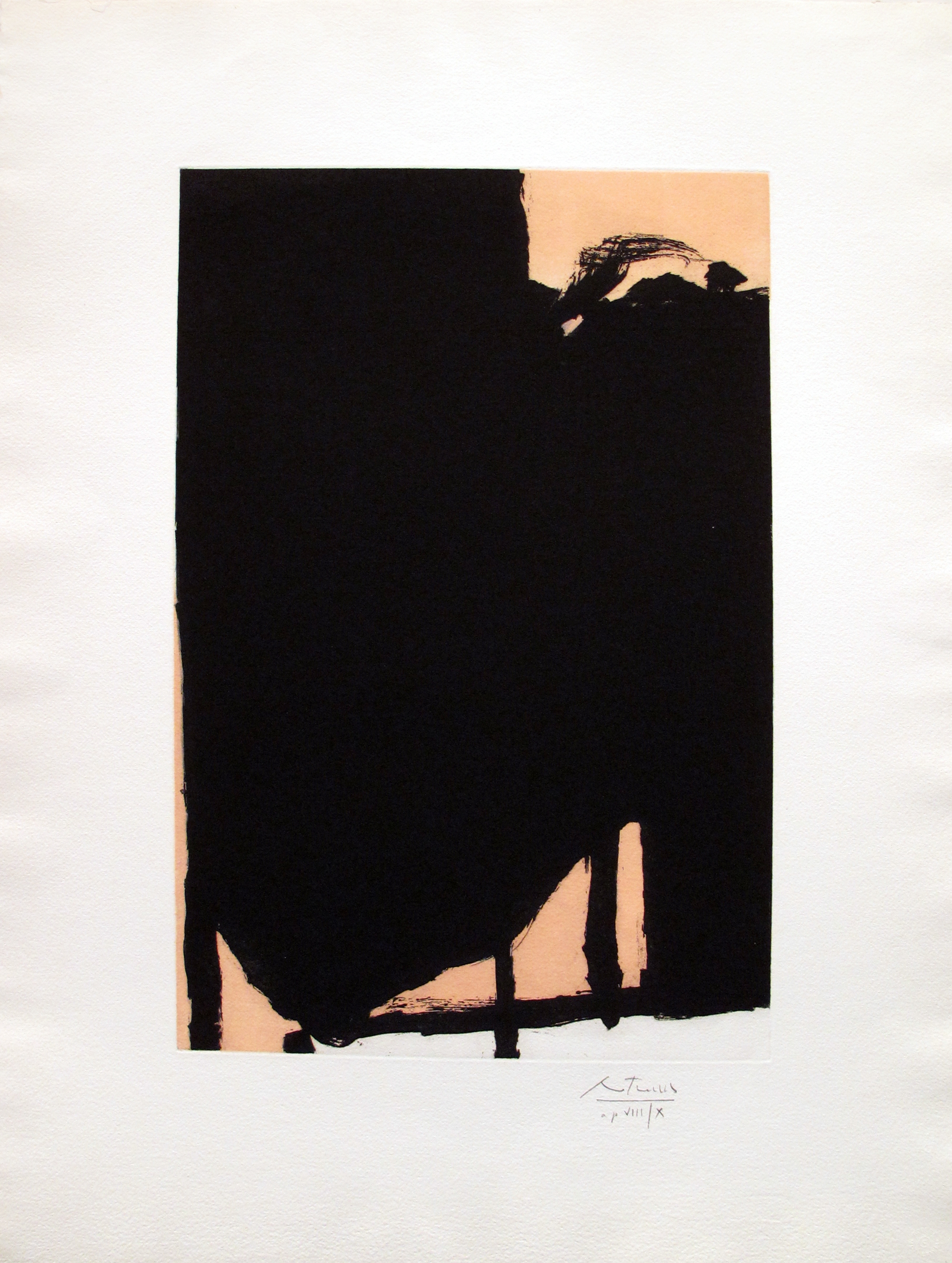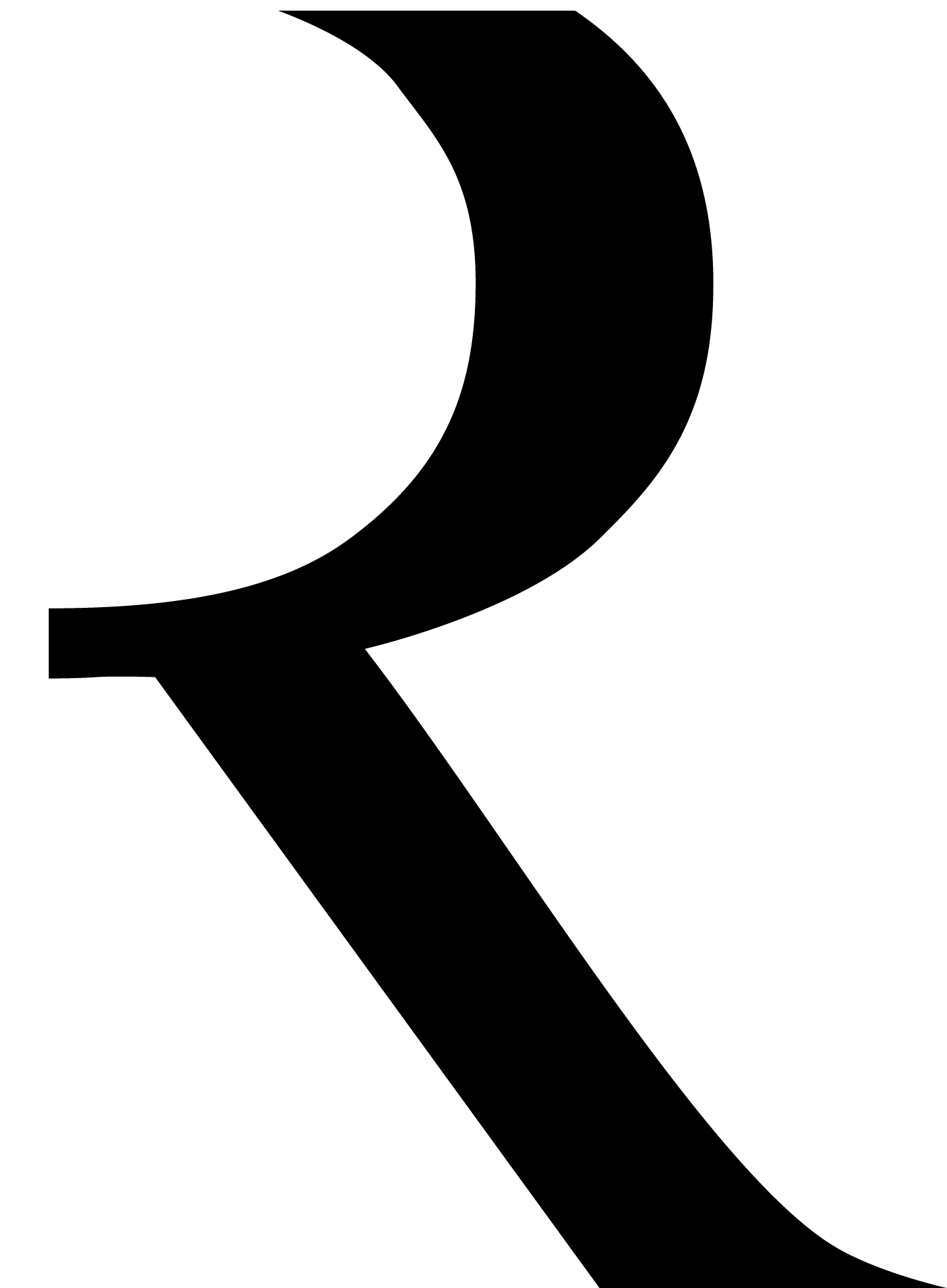Robert Motherwell
Robert Motherwell was born January 24, 1915 in Aberdeen Washington. As a graduate student at Harvard, Motherwell encountered writers who led him to pursue the expression of individuality through the action of gestural painting. In the early 1940s, Motherwell studied art history at Columbia under the famous scholar and critic Meyer Shapiro, who later introduced Motherwell to the art world.
Another pivotal moment came in 1937 in San Francisco, where he heard André Malraux speak at a rally on the Spanish Civil War. There, Motherwell found a great moral issue that would drive his work for years. In his words, it was the realization "that the world could, after all, regress." His Elegies to the Spanish Republic have been a vehicle to express what Motherwell has called "a funeral song for something one cared about" in abstract, visual terms. The series, which was sparked by a small drawing Motherwell made in 1948 to accompany a poem by Harold Rosenberg, evolved into an ongoing, years-long exploration of the theme in more than 150 monumental canvases.
These abstract meditations on life and death share a common structure in compositional form. The horizontal white canvas is divided by two or three vertical black bars or bands. Those are punctuated at various intervals by ovoid shapes—stark blots of black. The whole is a dialogue of formal opposites—straight, curved, black, white—executed in a painterly, brushy manner in which the act of creation is evident. For Motherwell, as for so many other Abstract Expressionists, this is a search for universal content that stems from form itself: in his words, "…the Elegies use an essential component of pictorial language that is as basic as the polyphonic rhythms of Medieval or African or Oriental music."
Robert Motherwell died on July 16 1991 in Provincetown, Massachusetts. At the age of 76 he left an estate estimated at more than $25 million and more than 1,000 works of art, not including prints. The bulk of the estate went to his wife and two daughters.
Further Readings: Grace Glueck (July 29, 1991) Motherwell Estate is Estimated to be $25 Million, New York Times. http://www.nytimes.com/1991/07/29/arts/motherwell-estate-is-estimated-to-be-25-million.html

Robert Motherwell (American 1915-1991)
Elegy Fragment II (1985) etching and aquatint, ed. of 52, 34 1/2 x 24
